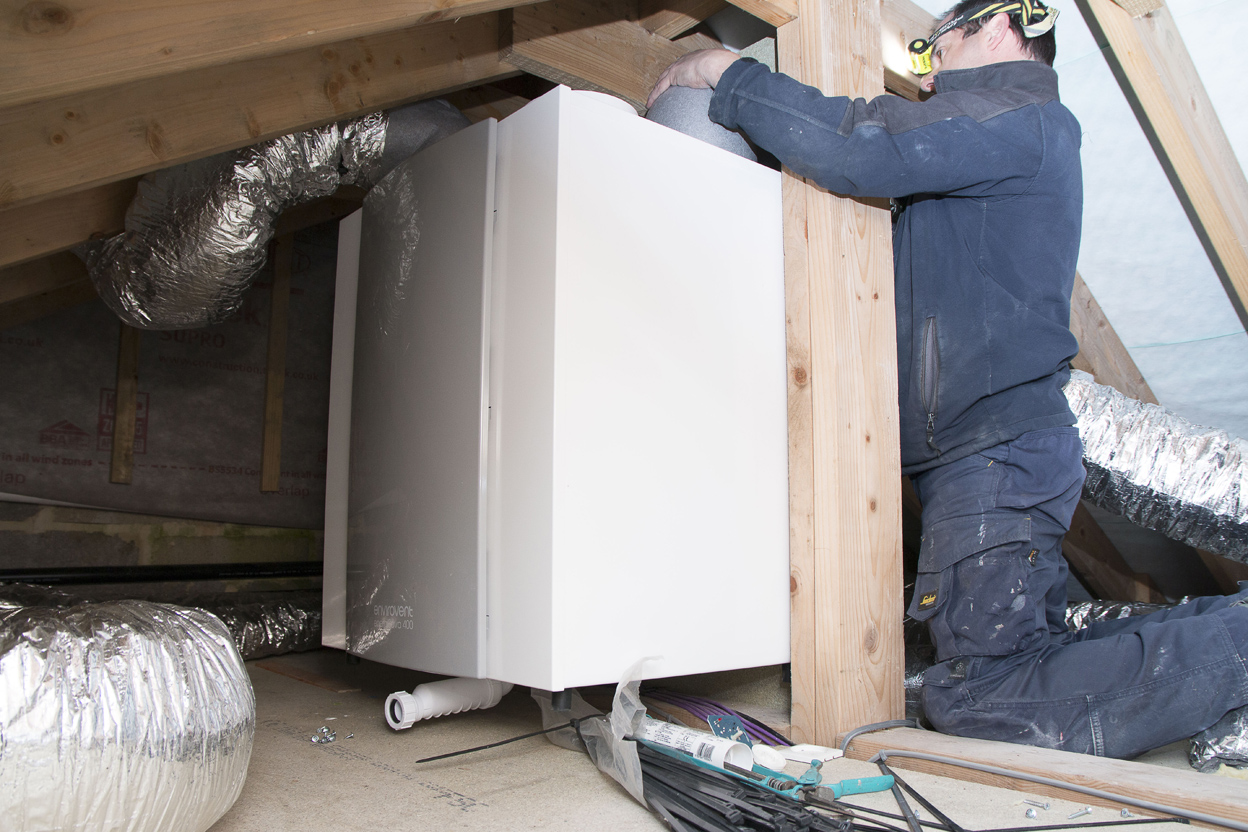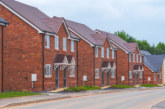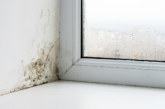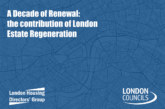
Dan Bourke, Regional Sales Manager – Social Housing at one of the UK’s leading ventilation manufacturers, EnviroVent, looks at how mechanical ventilation systems can reduce the maintenance burden caused by dampness and condensation during the colder months.
As we are well into the winter season, many social housing providers may be experiencing an influx of complaints about condensation on windows and unsightly black mould appearing on walls and ceilings. It has been widely reported recently that occupants are at increased risk of developing or worsening breathing related conditions, such as asthma, due to living in homes with poor indoor air quality.
Local authorities and housing associations are aware of their responsibilities and how condensation and mould can affect both new and older properties, and many are already deploying proactive strategies to improve conditions in their homes.
Excess moisture is produced simply by people breathing, as well as through everyday activities like bathing, cooking, washing and drying our clothes, which can release an average of 18 litres of water vapour per day into the home.
When a home is effectively heated, the air is warmer, and has a higher capacity to hold moisture. However, when there is a reduction in temperature this can lead to the air holding less moisture, which in turn leads to condensation forming on cool surfaces like walls and windows. Condensation itself may not be a problem, however as some residents have had to reduce their homes’ temperature due to rising energy bills, this can make mould growth more prevalent in homes with inadequate ventilation. This in turn can negatively impact respiratory conditions, such as asthma.
Mould and damp can affect walls and window frames, as well as ceilings, clothes in wardrobes and soft furnishings. The problem with mould is that, without a permanent solution, it will keep reappearing, no matter how many times you clean or paint over it. Good ventilation in a property helps to reduce the amount of moisture trapped in the air.

Whole house solution
Inadequate ventilation in a property often results in condensation and mould growth, however investing in a whole house ventilation unit such as Positive Input Ventilation (PIV) can easily solve the problem.
PIV systems work by drawing in fresh, filtered air into a property from outside to gently ventilate the home from a central position on a landing in a house or a central hallway in a flat or bungalow, at a continuous rate. They run quietly and automatically in the background, reducing the overall maintenance costs of a property by protecting the fabric of the building. They prevent the condensation and mould growth that are the cause of so many complaints.
To minimise energy usage, many modern PIV units are fitted with an ultra-low watt motor. These ventilation systems offer a very low running cost, especially when compared to everyday household items like TVs, fridges and kettles — a small price for healthy indoor air quality. They should also eliminate condensation and issues associated with mould growth.
Many local authorities encourage their residents to adopt lifestyle changes to lower the level of humidity in the property: such as closing doors in moistureproducing rooms, keeping the property warm to reduce cold spots and not drying clothes inside. In reality, it is often difficult to enforce these changes.

How good ventilation helps
Having a mechanical ventilation system in place means that local authorities can have peace of mind that residents are living in homes with good indoor air quality and with less risk of developing or exacerbating asthma and other respiratory conditions. An effective ventilation system keeps a home environment healthy as it prevents the build-up of excessive levels of humidity, therefore preventing condensation and mould.
In the past it was acceptable to rely on natural ventilation, such as opening windows or doors, passive air vents and the natural leakage of the building. However, with modern properties being more airtight, natural ventilation is often insufficient. The latest Building Regulations reflect this with the updates to Approved Documents F and L introduced in 2022 in a move towards the Future Homes and Building Standard.
A major change in the updated Building Regulations has been the increase in the whole dwelling ventilation rates in a property. This is relevant to both new homes and those undergoing refurbishment, making effective ventilation systems increasingly important.
Installing an effective mechanical ventilation system into a property keeps relative humidity under control and delivers improved indoor air quality, and occupants find they often experience an improvement in their symptoms of respiratory conditions such as asthma, which are exacerbated by poor IAQ. For a relatively small investment in an effective ventilation system, the result is a long-term solution that reduces the maintenance burden and provides an all-round healthier indoor environment.
Any social housing providers concerned about how condensation and mould growth could affect the fabric of their properties and the health of their tenants, can contact EnviroVent to book a free property survey. The free survey will assess any condensation, damp or mould problems in a property, measure relative humidity levels, identify any underlying problems and make recommendations for a permanent solution.
Header image shows EnviroVent’s energiSava 400 MVHR Unit being installed into a property.









